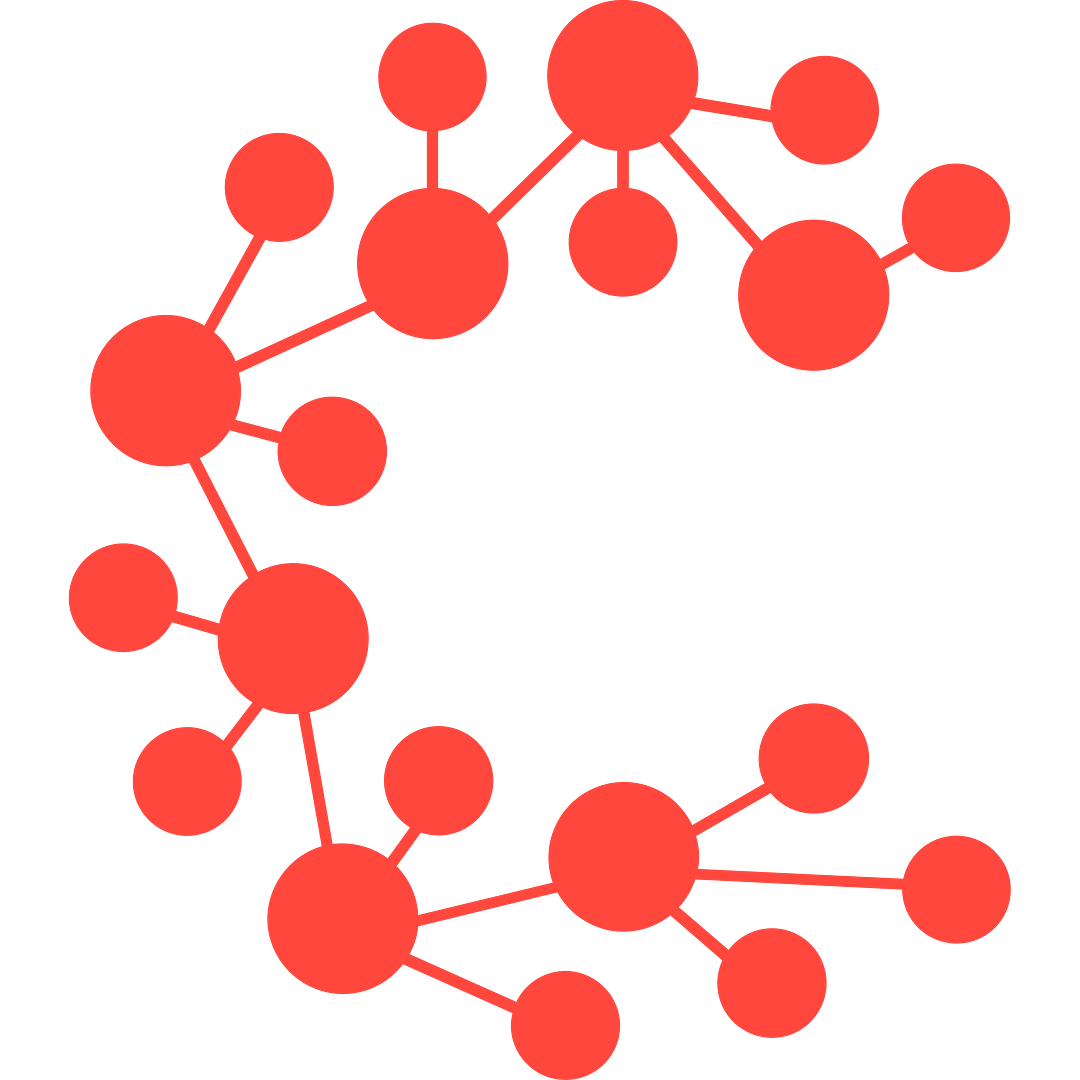
Casper Network, launched in 2020, sets itself apart by introducing a unique Proof-of-Stake consensus mechanism called Highway, which enhances scalability and efficiency. This mechanism is designed to reduce energy consumption while increasing the transaction throughput of the network. It is one of the key aspects that has enabled the network to grow and draw attention from developers and enterprises across different sectors.
The CSPR token plays a crucial role in the Casper ecosystem, serving as the native currency used for transaction fees, staking, and governance. Token holders have a say in the future of the network, making it a vital part of the decentralized decision-making process. The blockchain's consensus model ensures that validators, who help maintain network security, are rewarded with CSPR tokens. This creates an incentive structure for validators, leading to a more stable and secure network overall.
One of the most significant developments for the Casper Network has been its increasing appeal to enterprises. Many businesses looking to integrate blockchain technology have found Casper's architecture and features to be well-suited for large-scale applications. The platform is particularly attractive for industries such as finance, healthcare, and supply chain management, which require both scalability and security. Casper's ability to offer flexible smart contract development is a crucial factor in its appeal. Unlike Ethereum, which uses Solidity as its primary programming language, Casper allows developers to write smart contracts in multiple languages, including Rust and AssemblyScript, making it easier for teams to work with familiar tools.
The Casper Network's design offers interoperability with other blockchains, which is another feature that businesses value. This is crucial for enterprises that need to operate in a multi-chain environment, where they may want to leverage different networks for specific tasks. By being able to interact seamlessly with Ethereum, Polkadot, and other prominent blockchain networks, Casper ensures that businesses can build and expand without being confined to a single ecosystem.
The roadmap for the Casper Network includes further developments aimed at enhancing the platform's scalability, decentralisation, and governance capabilities. Recent updates to the network have focused on improving its ability to support decentralized finance applications, which have seen explosive growth in recent years. These updates include improvements to Casper's smart contract platform, better integration with external tools, and enhancements to the consensus mechanism to accommodate a larger number of transactions.
The Casper community has been actively involved in the development of the platform, with ongoing discussions and feedback from stakeholders helping to shape the network's direction. The Casper Foundation, which oversees the development of the platform, is keen on ensuring that the network remains decentralised while also fostering a robust ecosystem that attracts a wide range of developers.
Topics
Cryptocurrency
